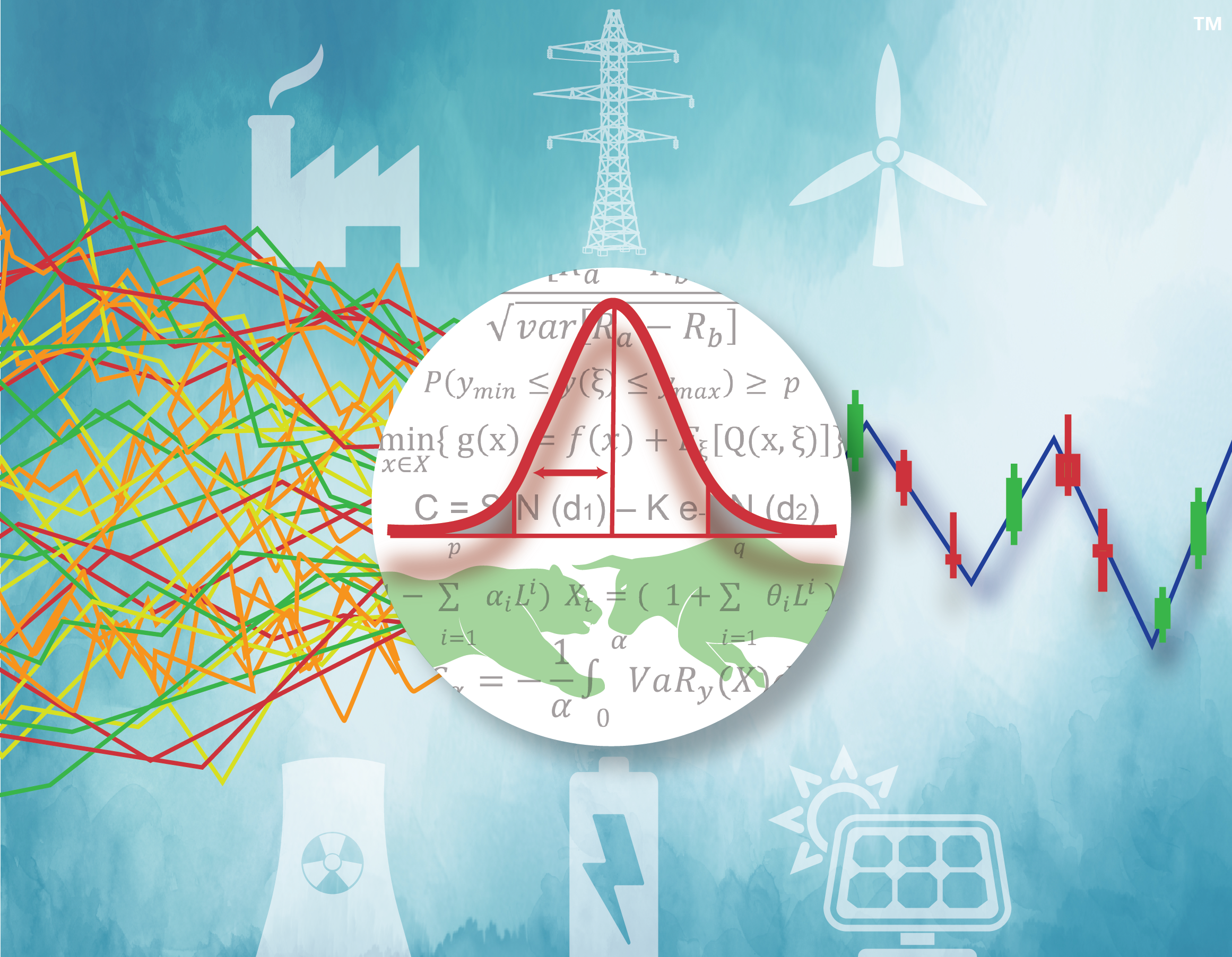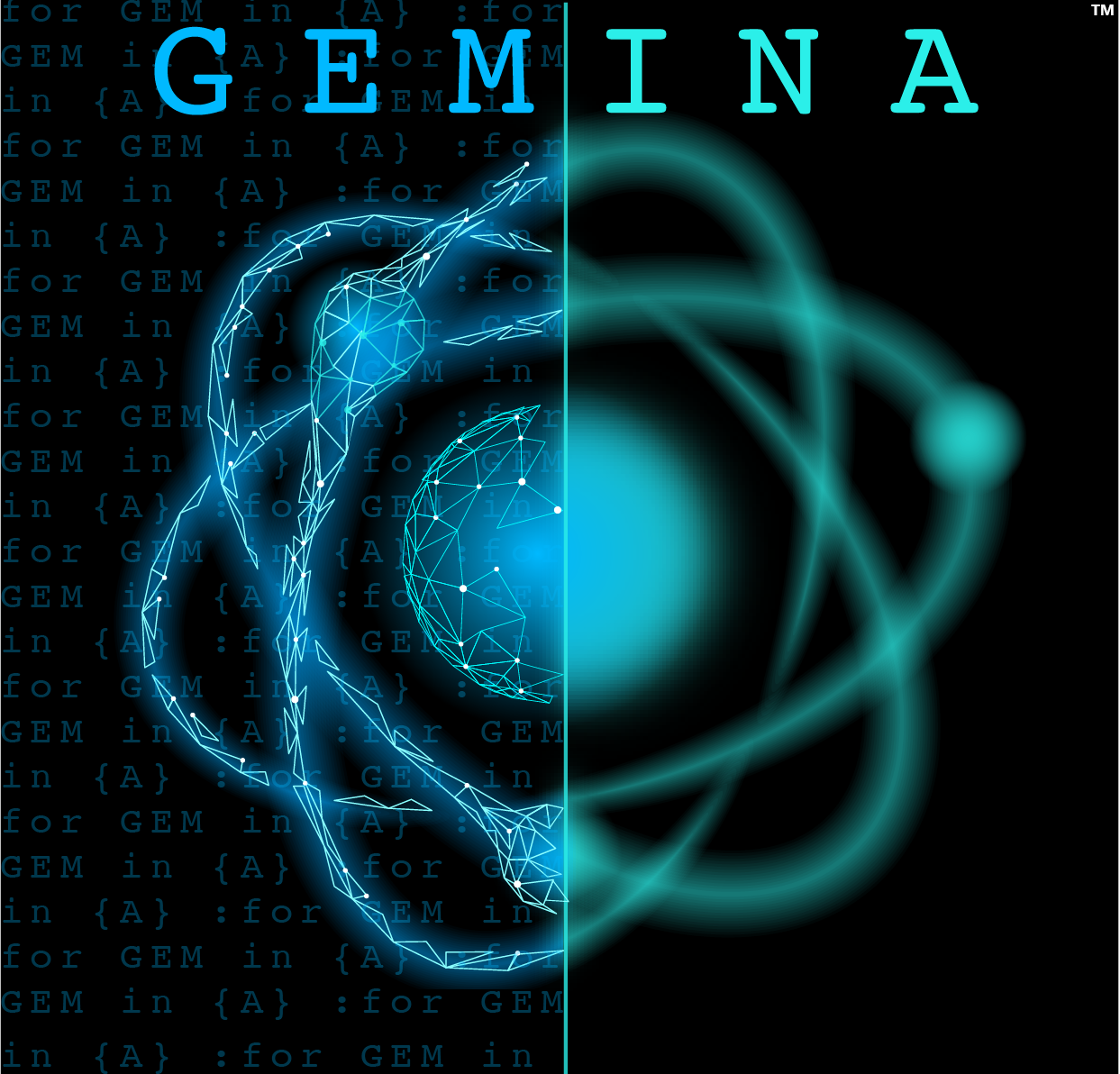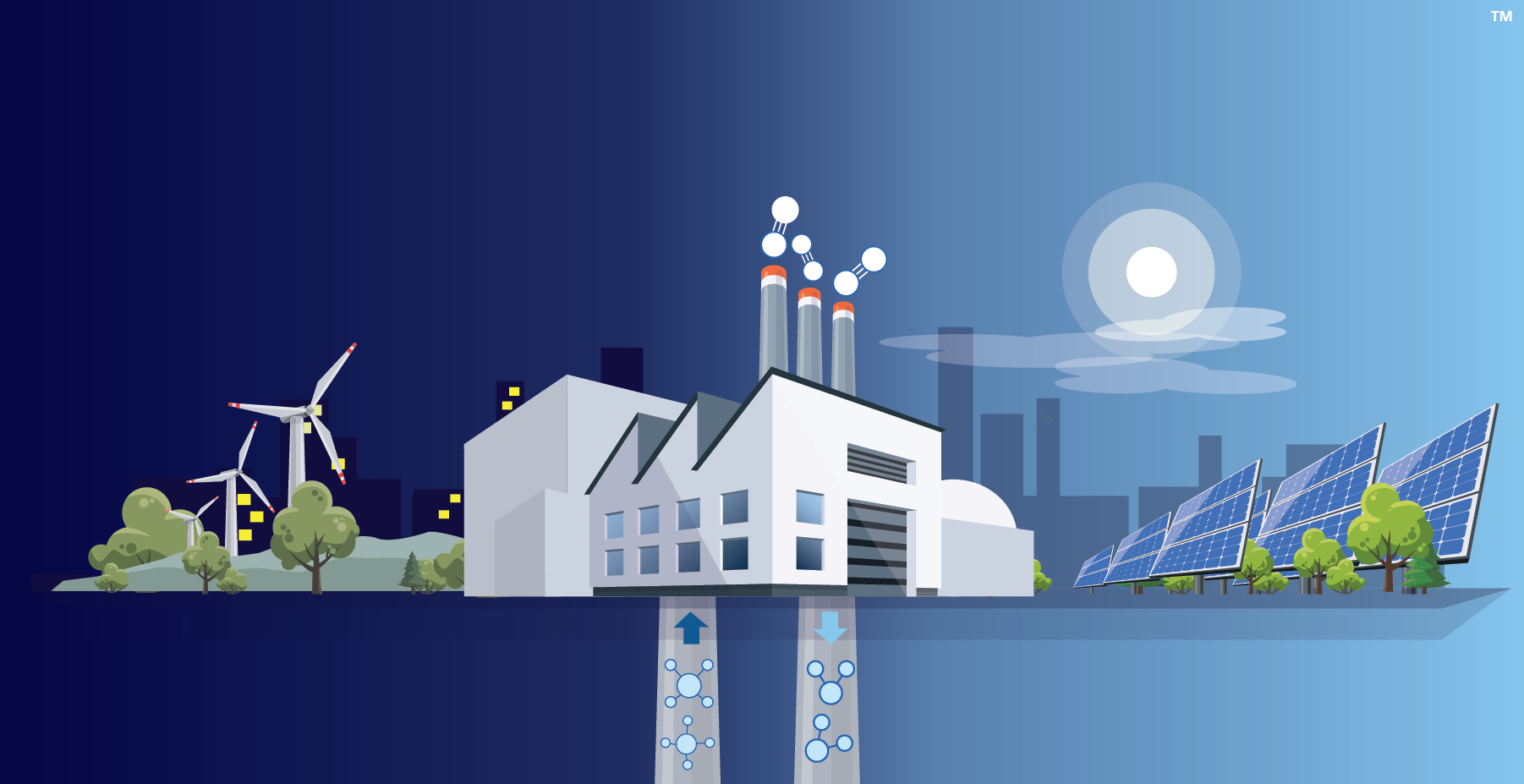
Raising the Bar: 2020 at ARPA-E
For an agency mandated to look to the future – often far into the future – please allow a quick glance into this year so far. Since the beginning of our fiscal year the agency which you know so well has continued to do what it does in extraordinary fashion – raise the bar through the efforts of all.
In this time, we have launched new programs, made changes in our recruiting and contracting approaches, had a number of successes in follow-on-funding and employed new approach to how we help tech move to market.
Allow me to briefly update you on some changes at the agency before we get on to summarizing some of our new programs.
- The FY 2020 program budget of $390 M was a 16.5% increase over that of FY 2019. Thanks to a team effort, ARPA-E obligated the highest amount in its history in FY 2019 at nearly $375 M and expects to exceed this amount in FY 2020.
- ARPA-E welcomed new technical experts to our Program Director team and bid farewell to others:
- Physicist Dr. Bob Ledoux joined our team, and is working on new programs spaces exploring potential uses for spent nuclear fuel as well as supporting our existing fusion energy programs.
- ARPA-E’s resident vehicles and transportation technology expert Dr. Chris Atkinson departed the agency and his role as a Program Director to join the staff at Ohio State University as the Director of their Smart Mobility Program and as a professor of mechanical and aerospace engineering.
- With Atkinson’s departure, materials scientist Dr. Marina Sofos stepped into a new role with the ARPA-E team as a Program Director, taking over much of ARPA-E’s transportation portfolio while also exploring new spaces in building efficiency.
- Always an indication of success, ARPA-E awardees also achieved follow-on-funding of over $260M so far in FY20 – something that we are immensely proud of and continue to look forward to as we focus on the commercialization of our projects for the rest of 2020.
Bringing Fusion Closer to Market
In February, we announced the Galvanizing Advances in Market-aligned fusion for an Overabundance of Watts (GAMOW) program. Named for George Gamow, a fusion pioneer, GAMOW joins our existing portfolio of fusion energy programs. The projects seek to develop a range of enabling technologies required for commercially attractive fusion energy.
GAMOW will provide up to $30 million in funding to address three main challenges in fusion energy:
1) technologies and subsystems between the fusion plasma and the balance of plant,
2) cost-effective, high-efficiency, high-duty-cycle driver technologies,
3) important cross-cutting areas such as novel fusion materials and advanced and additive manufacturing.
We are particularly excited to work in partnership with our colleagues at the Department of Energy’s Fusion Energy Sciences Office (FES) on some GAMOW projects. This collaboration will enable awardees to work with, and benefit from, some of our nation’s leading fusion resources and experts.
Next Generation Hydro
In April, ARPA-E announced up to $38 million in funding for the Submarine Hydrokinetic And Riverine Kilo-megawatt Systems (SHARKS) program. In addition to being part of the best-named program in our history, SHARKS projects will work to develop economically attractive Hydrokinetic Turbines (HKT) for tidal and riverine currents. These renewable energy resources are highly reliable, forecastable, and typically co-located with demand centers. HKTs are suited for both micro-grids that supply energy to remote communities without grid connections and utility-scale grid-connected applications.
In addition to developing new and unique HKT system design, the SHARKS projects are encouraged to use a scientific methodology previously seen in our ATLANTIS deep water wind turbine program – Control Co-Design (CCD). CCD requires a wide range of disciplines to work concurrently during the early concept design stage of a project, as opposed to sequential incorporation. In other words, the various scientific and engineering disciplines work together from the start, rather than picking up from one another at various points throughout the development process. SHARKS projects will utilize the CCD methodology to work towards both increases in efficiency and a reduction in levelized cost of energy of up to 61.5% compared to current state-of-the-art HKT systems.
The Ultimate Opportunity
Finally, in late April we announced the ULtrahigh Temperature Impervious Materials Advancing Turbine Efficiency (ULTIMATE) program. ULTIMATE dedicates up to $28 million to develop and demonstrate materials that can operate in the ultrahigh temperature and stress environments of a gas-turbine blade. ULTIMATE teams will create materials focused on turbine applications in the power generation and aviation industries, particularly focusing on increasing the temperature capability of turbine blade materials. Since natural gas turbines produce an estimated 35% of power generation across the United States, improved turbine efficiency through the ULTIMATE program would create opportunities for energy savings and lower carbon emissions, as well as other economic benefits.
SCALING the Valley of Death
While we announced our Seeding Critical Advances for Leading Energy technologies with Untapped Potential (SCALEUP) program in December 2019, we have continued to work on it throughout the first half of 2020. In April, in response to market fluctuations, we opened the funding opportunity back up with the news that we were decreasing the cost share requirements for large and small businesses and academic institutions. SCALEUP will fund successful ARPA-E awarded technologies for which the proof-of-concept R&D challenges have been addressed, and which can establish real-world impact through scaling. Finalists selected for SCALEUP will demonstrate a path to market and be well-positioned for investment from the private sector (venture, strategic, philanthropic, internal, etc.).
We've also entered the second phase of the SCALEUP selection process, and later this year semi-finalists will submit full applications. I am excited to see how these teams and our SCALEUP program will continue to advance transformational technology down the innovation pipeline.
The Winner Is…
In addition to announcing new programs this year, we have been hard at work selecting 37 project teams and providing over $90 million in funding for some of our existing programs. Our performers make up many of the nation’s finest scientists and researchers from academic institutions, large and small businesses, and our national laboratories. We are excited to work with these as they work to revolutionize out the United States gets, uses, and stores energy.
In early April, we announced 16 project teams and almost $33 million for our Breakthroughs Enabling THermonuclear-fusion Energy (BETHE) program. BETHE (in honor of Hans A Bethe) – teams are working to increase the number and performance levels of lower-cost fusion concepts. Like our GAMOW program, BETHE builds on ARPA-E’s first fusion program, ALPHA to advance higher-maturity, lower-cost fusion options that could one day contribute to meeting our nation’s low-carbon energy demands.

In late April, we announced the project selections for our Performance-based Energy Resource Feedback, Optimization, and Risk Management (PERFORM) program. The 12 PERFORM teams will receive nearly $31.5 million in funding to develop innovative management systems that represent the relative delivery risk of power generation assets, to manage and balance the collective risk of all generation sources across the grid. The management systems that the teams develop will utilize risk scores and grid management tools to internally capture generation uncertainty and evaluate system risk to enable grid operators to better maintain a supply-demand balance and system reliability.

In May, we announced $27 million for 9 projects for our Generating Electricity Managed by Intelligent Nuclear Assets (GEMINA) program. GEMINA teams seek to develop digital twin designs for advanced nuclear reactors, to reduce operations and maintenance (O&M) costs up to 10x. Digital twin modeling tools can introduce greater flexibility in future advanced reactor design. These tools will work to increase autonomy in operations and speed up of design iterations to lower costs and improve efficiency of advanced reactors at the beginning of the design process. Digital twin modeling and AI utilization will help lay the groundwork for advanced reactors to operate with a staffing plan and fixed O&M costs that enable them to be more cost-competitive with other power generation sources.

In mid-July, we announced $11.5 million in funding for the 12 projects making up Phase I of our FLExible Carbon Capture and Storage (FLECCS) program. FLECCS teams will work to develop carbon capture and storage (CCS) processes that better enable technologies, such as natural gas power generators, to be responsive to grid conditions in a high variable renewable energy (VRE) penetration environment. Through Phase I of FLECCS, teams will design CCS retrofits to existing power generators as well as greenfield systems that intake fossil carbon-containing fuel like natural gas or bio-gas and output electricity to enable flexibility on a high-VRE grid. Later in the program, teams that move to Phase 2 will focus on building components, unit operations, and prototype systems to reduce technical risks and costs.

Most recently, in early August we announced 10 projects receiving $33 million in funding under our Rapid Encapsulation of Pipelines Avoiding Intensive Replacement (REPAIR) program. REPAIR teams will develop natural gas transmission pipeline retrofitting technology to rehabilitate existing cast iron and bare steel pipes by creating new, robust pipes inside of old ones. These retrofits will include REPAIR teams will develop natural gas transmission pipeline retrofitting technology to rehabilitate existing cast iron and bare steel pipes by creating new, robust pipes inside of old ones. As legacy pipes account for a disproportionate amount of leaks compared to more recent gas transmission pipes, REPAIR teams will help to both modernize outdated technologies while also working to reduce costs for gas utilities by up to 10 to 20x per mile.

Looking Ahead
As we head into the home stretch, we will continue to explore new concepts and announce new projects, while continuing to help our performers take their transformative ideas out of the lab and into the market. Tech areas you will hear more about include feedstock monitoring, carbon capture tools, fusion energy technology development, hybrid-electric aviation and more.
As you know ARPA-E’s motto is, “Changing What’s Possible”. Every day our team lives up to that charge in all aspects of their work. We will continue that approach to our work and continue to rise above the challenges we face. I remain very optimistic to see what the remainder of the year holds.
